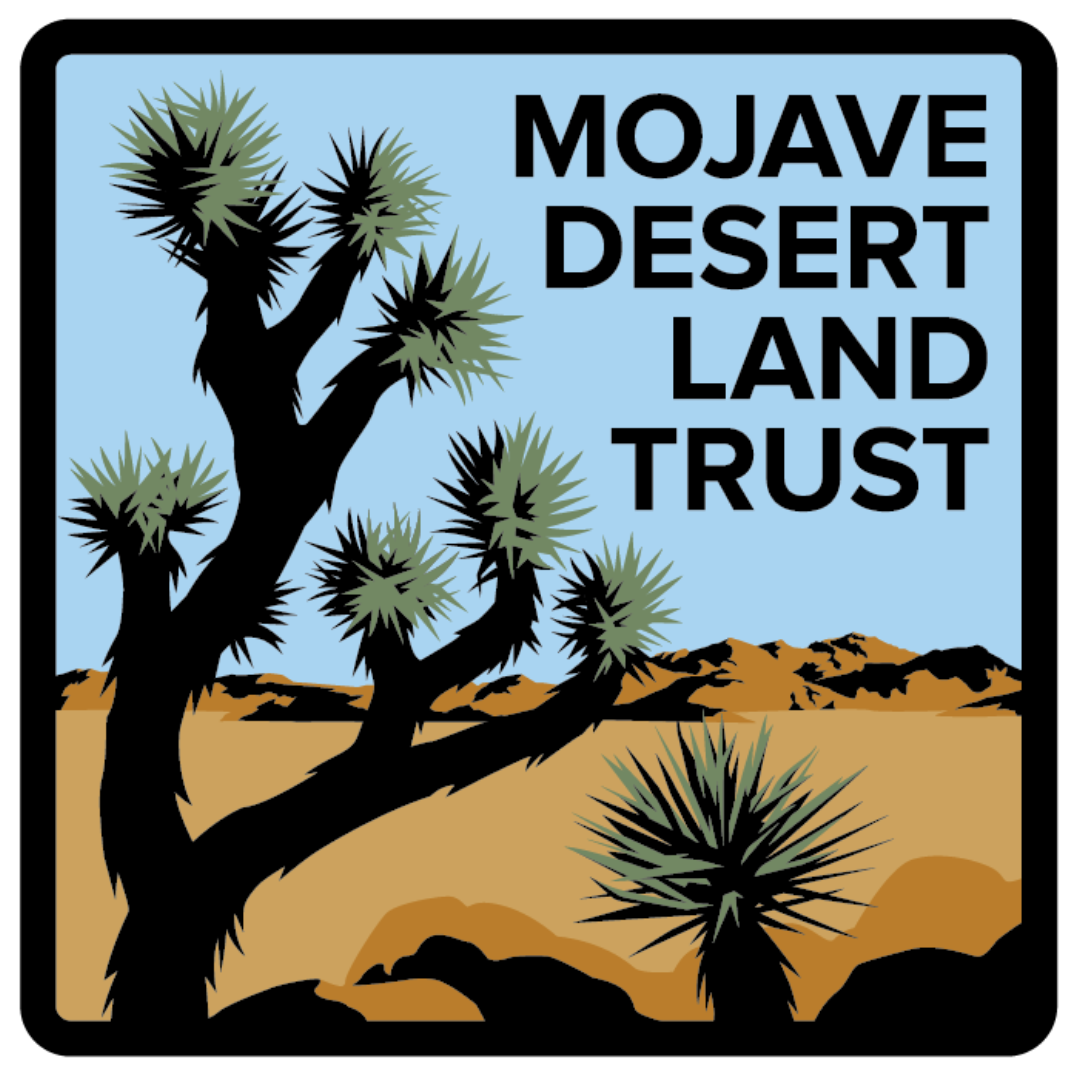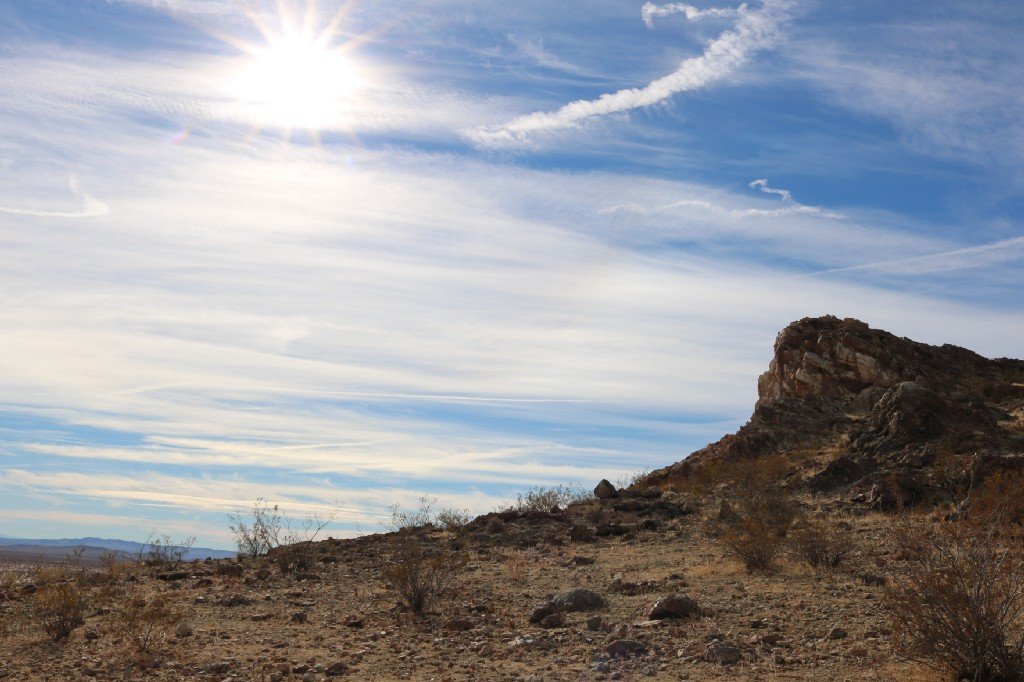New program aims to address prairie falcon threats
Prairie falcons rely on special nesting sites that are under threat. The Mojave Desert Land Trust has launched a new conservation program to help tackle the problem in the California desert.
By Jessica Graybill, Social Media Manager
A prairie falcon brings lunch to their offspring. Photo: Steve Ishii
The Mojave Desert Land Trust is excited to be launching a new, donor-funded Prairie Falcon Conservation Program that will establish a database of active nesting sites (“eyries”) within the California Desert Conservation Area and evaluate and address threats impacting these majestic birds of prey.Prairie falcons (Falco mexicanus) nest high up in rocky outcrops throughout the arid plains and desert wilderness of the western United States. They typically return to the same nesting sites year after year; however, human recreational activities in the California desert are encroaching upon their habitat and causing some historic nest sites used by generations of falcons to become abandoned.
A prairie falcon eyrie in the western Mojave. Photo: Jessica Graybill
Master falconer Steve Shaw has been documenting and monitoring prairie falcon eyries throughout the California desert region for the past seven years and is the founder of the Prairie Falcon Projects. On a cold December day we accompanied him on a visit to three active eyries in the western Mojave’s Fremont Valley where he and his volunteers have installed signage that notifies passersby of the sensitive habitat area and have spent a good deal of time cleaning up trash. Because eyries are also important habitat for other raptors and wildlife, protecting eyries and conserving prairie falcons benefits the entire ecosystem.
Signs have been installed to notify passersby of the sensitive habitat area at some historic eyries in the western Mojave. Photo: Amy Langston
Prairie falcons are particular with their choice of eyrie, which encompasses not just the nest site but also the surrounding territory that is utilized at different stages of a falcon’s development. Nests must be high enough to protect from mammalian predators, typically with a rocky overhang that protects them from weather as well as from competing birds of prey. They also look for a nest site surrounded by open areas of low vegetation so they can hunt for an abundant source of food to nourish brooding females, their mates, and their offspring.
In addition to our Prairie Falcon Conservation Program, the Mojave Desert Land Trust is in the process of establishing a Prairie Falcon Working Group in collaboration with local non-profits, wildlife experts, and state and federal agencies. Please email info@mdlt.org for more information.




